As an Amazon Associate I earn from qualifying purchases.
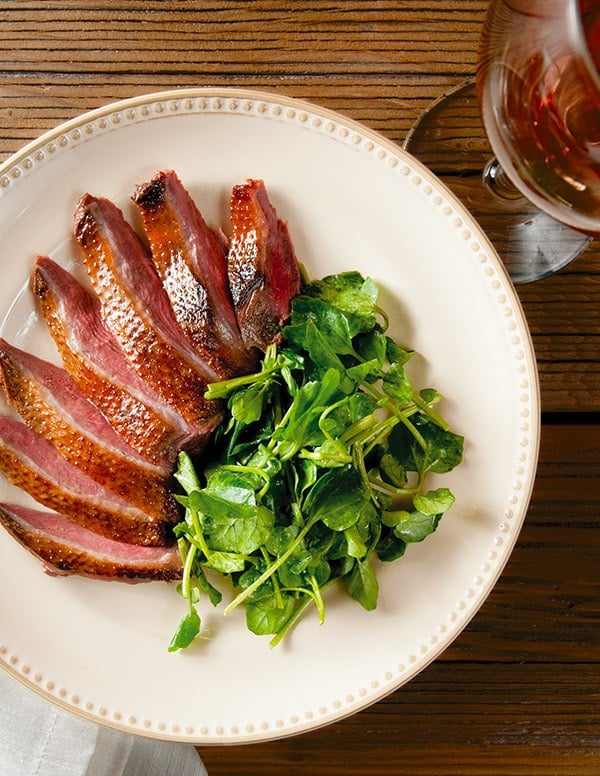
Smoked duck is my favorite way to save our hunting season’s bounty for the warmer months.
Holly and I spend most of our winter days hunting ducks and geese, and we eat them several times a week over the winter months. In that time I do a lot of preserving: Mostly confit, salami, cured goose “prosciutto.” But I will also smoke duck and goose and freeze them for the rest of the year.
Those who know their way around a smoker know that fat is a critical element in the process. Fat absorbs the smoke’s flavor better than the meat itself. This is why you see lots of recipes for smoked pork and salmon; both are fatty animals. So are waterfowl. Domestic ducks and geese are essentially avian pigs, and even wild ducks will have enough fat on them to make it worth some smoke time.
I smoked a flock of ducks and geese to get to this post, so here are my thoughts on what to do, and what to avoid.
For starters, if you are using domestic ducks and geese you will want to remove as much of the fat inside the body cavity and around the neck as you can. Save it, though, and render the duck fat for cooking later.
You will want to prick the skin of a domestic duck or goose all over with a needle — be careful not to pierce the meat, though. This helps rendered fat escape. I’ve even done this on fat wild ducks such as pintail and gadwall that had been gorging themselves on rice.
If you have wild waterfowl, follow these guidelines:
- Don’t smoke sea ducks, divers or shovelers you think might be fishy. Smoking will not help you. Skin these birds and do something else with them.
- Avoid smoking snow geese or any other wild bird that is über-lean; you need some fat to make this work. Even a little is OK.
- Only smoke plucked birds. Remember, the smoky flavor lingers in skin and fat far more than meat. If you smoke a skinned duck it will be more like jerky and less like a proper smoked duck.
- Smoking whole birds give you better results than pieces. Smoking a whole goose or duck will keep the meat more tender and juicy.
- Big ducks smoke better than small ducks, although there is no reason you can’t smoke a teal.
To brine or not to brine? I’ve done both. If you want to eat the smoked duck for a Sunday dinner or whatnot, you can skip the brining — unless your duck is pretty lean, in which case the brine can help the meat stay moist. But brining a duck, especially if you use pink salt, will help preserve the bird longer in the fridge and will let you smoke it longer without drying out the meat.
So, if you choose to brine, do this:
- Mix 1/4 cup kosher salt with 4 cups water and submerge your duck in the fridge overnight.
- If you want to cold-smoke (below 90°F) or smoke for a very long time or if you want that pretty pink color, add 1/2 to 1 teaspoon of pink salt, sodium nitrite, a/k/a Instacure No. 1.
- When your duck is nicely brined, take it out of the water and pat it dry. Set it in a cool, drafty place for a few hours to dry out a bit. If you want to go the extra mile, put a fan on the ducks. After it is dry, then you can smoke it. if you skip this step and put a wet duck in the smoker, the smoke will not adhere as well to the skin or meat of the bird.
If you are skipping the brine, simply pat the duck or goose dry, let it dry out for a few hours and salt it well before smoking.
As for flavors, I am in love with the combination of smoke, duck, salt and maple. And not just any maple: I prefer the thick, super-premium maple syrup from Blis, which you can buy online. If you don’t want to bother with fancy syrup, boil down regular maple syrup by half; it’s close, but not the same. I need no other flavors in my life, but honey would be good, as would a Cajun rub, something vaguely Indian, chiles, French quatre epices, etc. Use your imagination.
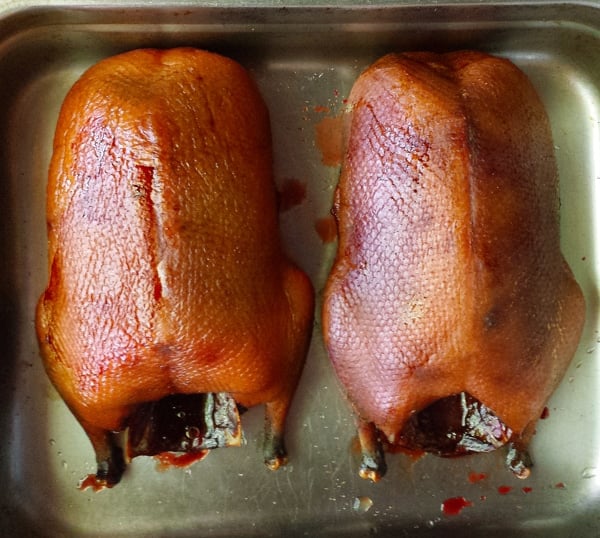
Wood is another choice you will need to make. I am a big fan of fruit or nut woods, like apple, pecan or walnut. Oak is OK, mesquite too weird.
How you place your duck in the smoker doesn’t really matter. I’ve stood them on end like a beer can chicken, with a glass jar jammed up its butt, and it worked well. But I’ve also just set the duck down on the rack, breast side up, and it went fine, too. You will always need a drip pan under the birds, as they will drip fat.
Your final issues are temperature and time.
If you plan on serving the smoked duck for dinner, go with a hotter temperature, between 250 to 275°F. This renders fat pretty well and gets you closer to a crispy skin. As for time, I prefer 2 1/2 to 3 1/2 hours at this temperature.
To crisp the skin, get your grill or oven ripping hot — 500°F or so — and put the ducks in with a drip pan underneath for a few minutes, until the skin crisps. Check after 5 minutes, and in no circumstances let the ducks or geese sit in this temperature more than 15 minutes.
If you want to have a traditional smoked duck, served cold as a luncheon meat or as an appetizer, keep the temperature closer to 200°F, and not hotter than 225°F. This will still render some fat, but will not crisp the skin — duck skin will lose its crispiness anyway once you put the cooled duck in the fridge. As for time, at least 3 hours and up to 6 hours. If you go to the long end of this scale, you will need the pink salt.
Allow the duck to cool before carving. Sliced thin and on the diagonal, smoked duck is fantastic as part of an appetizer plate or in a sandwich. You can also carve a whole breast, sear the skin side in a frying pan until it crisps again, and serve it with lentils or polenta. Again, use your imagination.
And for God’s sake save that carcass! It becomes the base of some of my all-time favorite soups, from smoked duck soup, to classic North Dakota knoephla soup, to a German duck broth with dumplings.
Smoked Duck or Goose
Ingredients
- 1 large duck or small wild goose
- Salt
- 1/4 cup thick maple syrup
Instructions
- Salt the duck well inside the cavity, then paint the outside of the bird with the maple syrup. Salt the outside well.
- Set the bird in your smoker with a drip pan underneath. Smoke between 200 and 225 degrees over apple wood for 4 hours. Baste the ducks with the maple syrup every hour. When smoked, allow to cool completely, then carve. Serve cool or at room temperature as a cold cut or appetizer, or carve the breast whole and sear in a pan. Slice and serve with lentils.
Nutrition
Nutrition information is automatically calculated, so should only be used as an approximation.
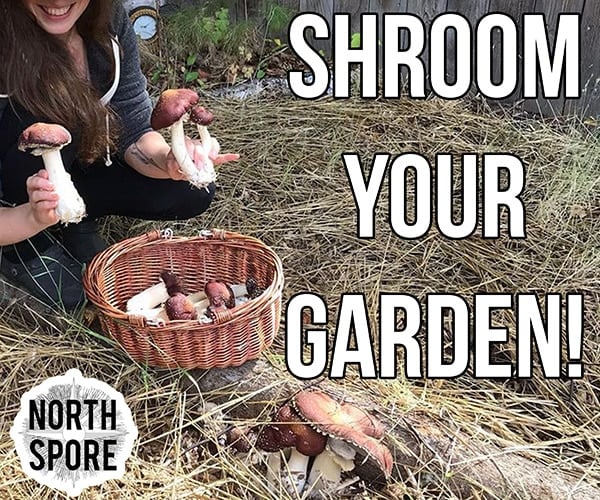

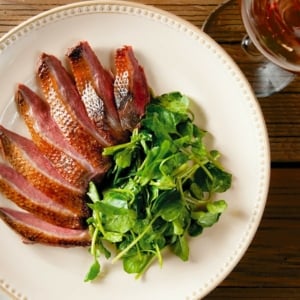

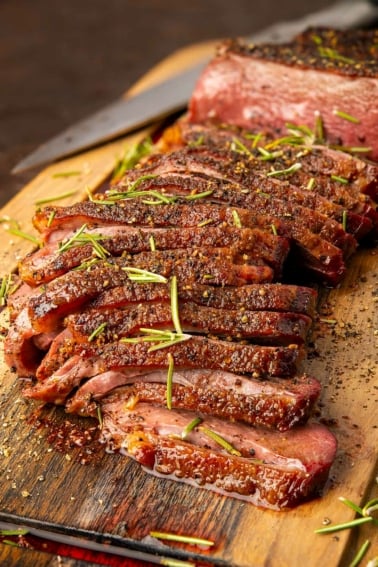
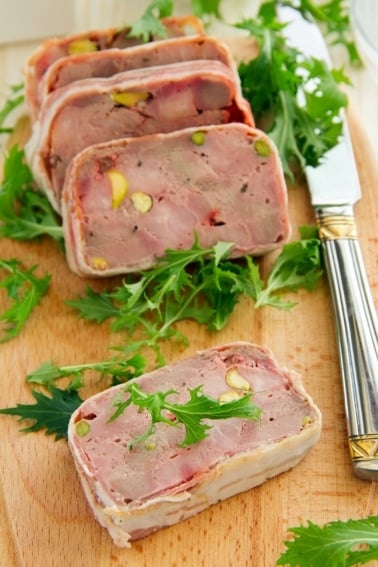

Wish I had read the comments earlier about what temperature to take it off at. Others might benefit from having the done temperature on the recipe card. Breasts are at 165 and I still have an hour before dinner. I’ll wrap it in foil and stick it in a warm oven to hold it. Hopefully the breast’s will be edible.
THANK YOU FOR THE SM0KE DUCK RECIPE WILL BE MAKING THIS RECIPE FOR EASTER. YUM, YUM YUMMIE||||
IS cook time 3 or 4 hours? The recipe says 2 different things.
Michelle: Depends on a lot of things. Smoking is an art, so you pull the birds when the internal temperature hits a certain point, not based on time. Look for an internal temperature of about 140F in the thick part of the breast if you are mostly focusing on delicious smoked duck breasts. If you want the whole bird to be fully cooked (although the breast will then be overcooked), pull the duck at about 165F to 180F internal in the legs.
I’m wondering if anyone has cooked mallards sous vide, and then finished them in the smoker. I love the smoked flavor on wild duck meat and skin, but want to try sous vide to tenderize the meat even more.
Chris: I have not tried it, but the first problem I am thinking of is that the process would soften the skin and melt the fat to the point where it would be weird and possibly gelatinous when it hits the smoker. I almost think you might want to smoke first, then sous vide. But I have not tried it.
Have two woodies in the brine and am going to try this recipe tomorrow, any tips on what internal temperature the ducks should reach in the smoker?
Paul: For me, I like to pull them when the thickest part of the breast hits 135 to 140F. The legs will be underdone, but the breasts are the prize. I use the rest of the bird as a soup base, for which is it awesome.
Two questions: We raise our own muscovys and are going to process some next week. First question- we always rest them inside of bags on ice for 3+ days after processing. I know some people brine and rest at the same time, I was thinking of doing that and then smoking them. So basically freshly processed birds brined in salt, sugar (I always put sugar in my brines) and instacure (since I want to smoke on the cooler side) for 3 days and then smoked. Good idea or no? Second question- if I don’t feel like making soup with all of the smoked leg quarters would they be good frozen and then made into a sous vide confit at a later time? And I would probably reduce the sous vide time for those since they’re partly cooked right?
Nancy: As for the first question, yes, that should work. As for the second, I don’t know. Haven’t tried that.
Hello! Thank you for the recipe! Wondering what some of your favorite, budget-friendly smokers are? Can smoking like this be done over an open fire? If so, do you have a resource for how to do that? Thanks!
Amy: It can’t be done over an open fire because you need to control the smoke over many hours. But you can do it on a simple Weber, where you build a small fire on one side, and put the ducks on the other.
I’m a big fan of tea smoked Duck that I first encountered while working in Taiwan. That said, this Maple-salt-smoke combination is spot on delicious. I’m glad you mentioned wood types, I use a competition blend pellets in my recteq that work really good. It’s a strange thing about mesquite. I love grilling meats and fish over mesquite coals, but mesquite smoked foods are very acrid tasting to me. This is definitely a keeper!
3 hrs is not practical, had at least 6 in at 250-300 to barely hit 160 it. Witch is what it do with my turkey
Back 40: The entire point of this is to NOT hit 160F because duck is not turkey. You smoke it until the breast meat is cooked medium, as duck breast should be. And that takes about 3 hours.
Curious what your thoughts are on including a touch of cayenne mixed with the maple?? I’ve got some teal I was getting ready to smoke. Seems to me as though just a little heat in the sweetness of the maple would make a nice flavor.
Dave: Go for it. But add only a little for starters.
Could this be used for multiple duck breast as well?
Allie: Just breasts? Maybe, but you will want to really watch your smoke time and temp to not overcook them.
Hi Hank. Thanks to you, I know my way around North American four legged critters pretty well. But, someone just gave me a frozen Canada goose and I’m perplexed. Any reason I can’t smoke the whole bird using this recipe? As it is frozen and vac packed, I can’t really evaluate how fatty it is. Thanks as always!
Neil: Yes, you can do that. Use the breasts, then use the rest of the meat/carcass as a base for soup.
Birch syrup to baste (instead of Maple) is an award-winning combo with this recipe (and almost no one knows it).. Thanks Hank. 🙂
We just bought our first smoker and using it a second time, we smoked a duck for Christmas dinner using your recipe. We didn’t brine; used applewood and the maple syrup baste. It was AWESOME! I rendered the duck fat from another of your recipes, making duck broth today from the carcass, and later the Smoked Duck Soup. Last night we had cold sliced duck meat leftovers, which was also delicious. Thanks for the great ideas and recipes.
Hi, Just used your method / recipe to prepare a Gressington Duck for Xmas dinner (saving the turkey for later ;o)
Not having premium maple syrup to hand we mixed liquid syrup 50:50 with honey from our own bees and Wow! Everyone was really impressed. Smoked with apple wood on Briquettes for 4 hours at ~110C, basting hourly, on Xmas Eve then wrapped in foil for re-heating alongside the roasted veg the next day. It literally fell apart on opening, so tender… Hoping to find a goose in the post Xmas sales now to try and repeat this success. Thank you for the inspiration!
To what internal temperature do I need to smoke a duck to? I usually cook the breasts to medium rare, but not sure if it’s the same for a whole duck.
Shannon: I go a solid medium to medium-well, if I have used instacure. The legs may be underdone, but you can’t really get them cooked well in a smoker unless you annihilate the breast, so they end up in a soup.
Hank – Thank you for this article. I smoked a mallard and black duck last night and they are currently chilling. They look amazing, and I can’t wait to slice into them.
You wrote, “I will also smoke duck and goose and freeze them for the rest of the year.”
Do you just freeze the meat or do you freeze the whole bird? Do you use a vacuum sealer? Any prep required once you defrost?
Grant: I’ve done both and I prefer to vac seal the breasts and then make smoked stock from the rest. You can pressure can that stock.
I was going to use maple syrup but noticed some sweet chili sauce in pantry. It’s mostly sugar syrup with some garlic and chili peppers. Came out absolutely delicious.
Have you tried this with Birch syrup?
Brad: Yes, and I like a lot.
THE BEST with Birch syrup.
I am curious if you would ever spachcock a whole duck before smoking? It would be easier to keep the maple syrup on the bird. Also if de boning the duck (easy to carve and eat without the bones) while keeping the bird intact for smoking? Then using the bones to make a duck stock for a sauce or a soup later?
I spatchcock my ducks for smoking all the time. I find it far easier to get a uniform cook without drying out different areas of the duck. I also find that seasoning and sauces stay out better as it’s far more flat. I’ve used the above recipe about 4 times with the only difference being that I don’t turn up the grill to crisp the skin, rather I use a cooking torch and final seat it that way to also ensure I removed any remaining pin feathers